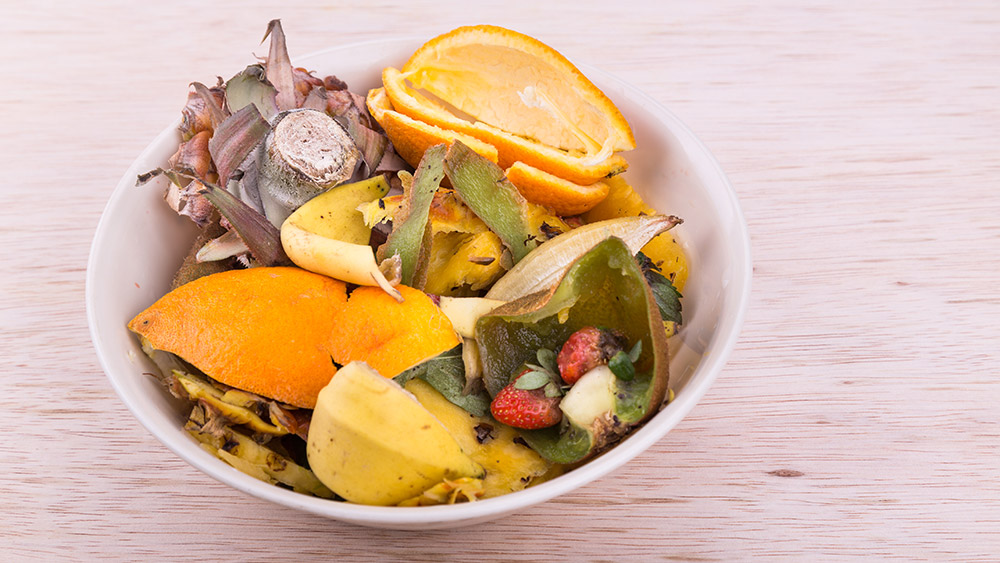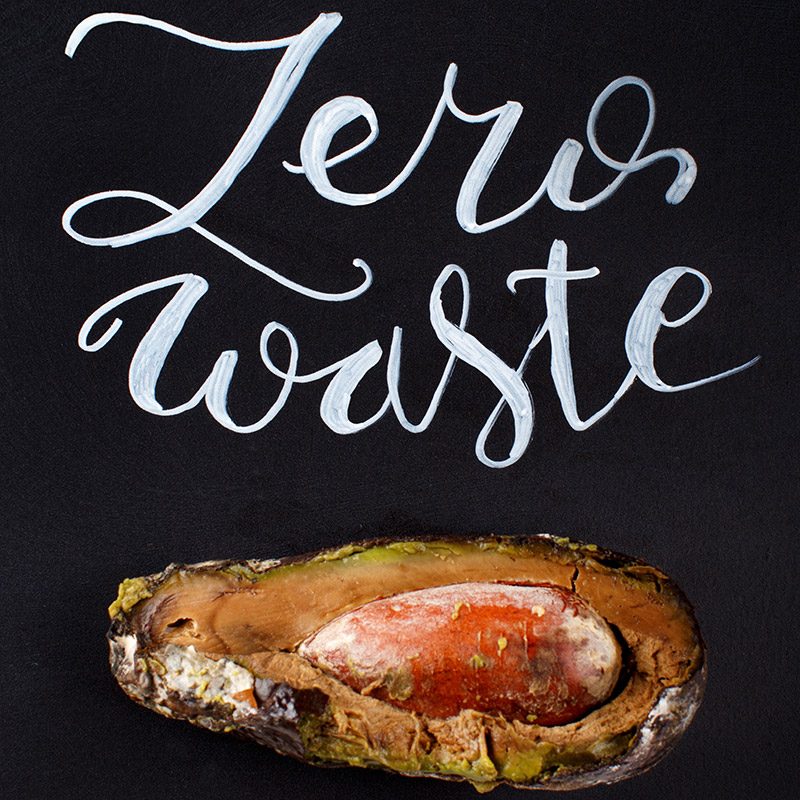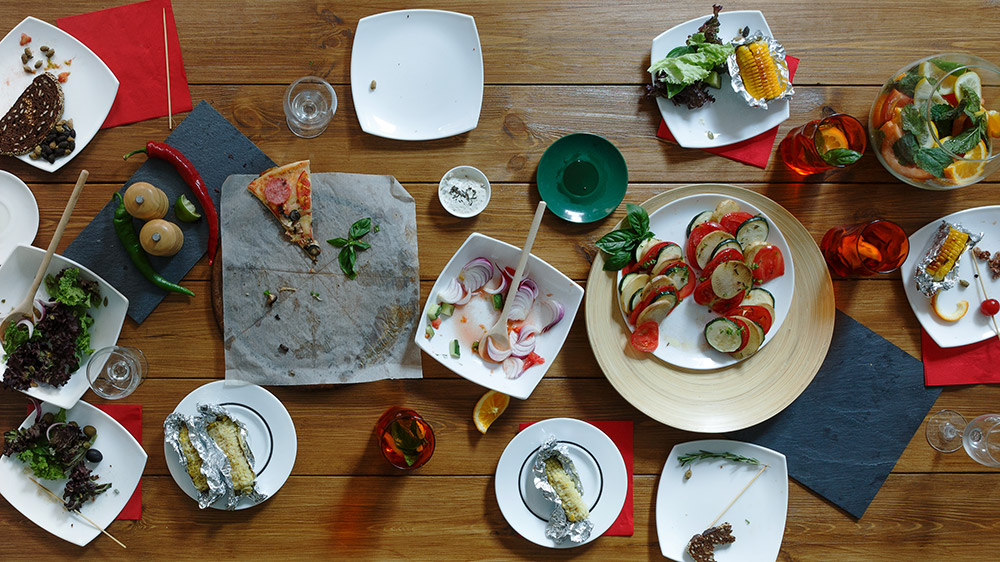TIPS FOR EFFECTIVE RESTAURANT WASTE MANAGEMENT
America has been characterized as a throw-away waste society, and this shouldn’t surprise us, given that tons of food are thrown away on a daily basis while in other parts of the world people are dying from starvation.
According to a study of the University of Arizona out of the total amount of purchased food, 9.55% is wasted in fast-food restaurants, while 11.3% is wasted in restaurants with full service. More specifically, around 600,000 tons of food waste comes from restaurants. This is a realization that shouldn’t leave us unaffected, it should definitely mobilize us in order to put an end to it.
How is waste distributed in restaurants? What kinds of waste are there?
There are several kinds of waste. There is what we call “prep waste” peelings, etc, which is the food we waste during meal preparation. Next, there is ruined or expired products that cannot be used in food preparation. We have leftovers in the customers’ plates, which are linked with “avoidable waste”, meaning too large portions that should be avoided. Finally, we have packaging waste, in other words, cardboard and plastic used for shipping.
At this point, the two largest expenses in the food & beverage industry are: personnel costs, and the cost of food for meal preparation.
Well, the reasonable question is: how can you reduce food waste in your restaurant?

Ways to Minimize Food Waste
Assign waste management roles to staff.
You can hire a professional team to do a waste audit, or you can ask staff members to do it. In any case, choosing the right people for this job can be tricky. Make sure they have an analytical spirit and can provide accurate insight into the actual state of the garbage. Give them incentives. Explain that reducing food costs means generating revenue, which in turn is beneficial for both the operation and the staff.
Keep track of your waste.
There are two stages in which you can have food waste in a restaurant- before the dishes reach the customers and after. According to statistics, 4-10% of raw food in restaurants ends up in the trash can. On the other hand, we have the leftovers on the customers’ plates. This is very common, especially in the US, where they advertise extra-large portions in order to attract customers. In order to minimize leftovers, make all the necessary changes in the menu and, possibly, reduce the portions you serve.
Evaluate inventory.
Have your staff record information about thrown away products, quantity, reason for waste, and date of disposal. Check the records about collection and garbage disposal, records about income from waste recycling, inventory reports, and invoices from suppliers of goods. Keep track of what is in your pantry and the garbage you throw away. Also, keep track of your inventory on a regular basis so you can compare the purchase and quantity of garbage.
Ways to Recycle
First things first. Divide your waste into categories, according to recyclables, composting or none of the two. Weighing the sorted waste is also important in order to compare how much food you sell and how much waste you get. Keep in mind that for this process you will need to provide your staff with adequate protective clothing and equipment for working with garbage.
Reuse and donate.
We know by now that our motto should be Reduce, Reuse, Recycle. We have talked about reducing portions in order to minimize leftovers, while we also talked about recycling anything that can be recycled. Now, about “reuse”. What cannot be used should be used for another purpose, because it’s clean, not rotten or spoiled, and it is not from a customer’s plate. You can turn fresh bread into delicious toast or bread crumbs the next day. Likewise, veggies and meat scraps can be used for soup stock. So, before throwing anything away, consider if it can be reused first. Contact a local NGO or other foundations to donate waste.
Packaging waste.
So far we’ve talked about food waste, but it’s clear that much of restaurant waste is also packaging material. Next time you receive your products, make sure you remove them and recycle them or reuse them in some way. Also, buy paper products made of recycled materials and, eliminate non-reusable cutlery and dishware.
Finally, it is important to note that every year restaurant food waste costs the sector 682 million GBP, therefore, adopting an effective food management system is critical for businesses.

Following the above advice will not only help the environment, but it will also save you business time, resources and will definitely save you money.
Curious to learn how I can help you and your restaurant business? Let’s talk!
Book a free 30-minute consultation. To learn more, visit my restaurant consulting or restaurant coaching services pages. To acquire new skills, visit our Online Culinary School and start making change.
